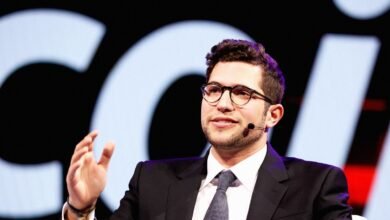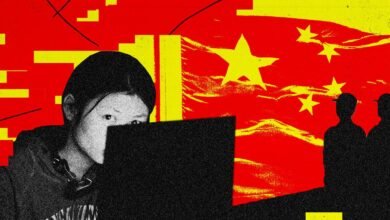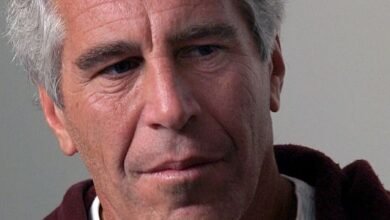
As Jefferson Morley, who’s published several books about the CIA and written extensively about the JFK assassination, notes, if people believe that the government is capable of concealing facts about an attempt on the life of a US president, that’s probably because it’s demonstrably done so and is actively doing so. Similarly, if people believe that the CIA is capable of creating brainwashed assassins, that’s in part because of its very real history of interest in exactly this. The notorious MKUltra wasn’t just the inspiration for everything from the Bourne movies to Stranger Things, but an actual program of research into mind control—especially replacing true memories with false ones—about which historians and researchers still have many unanswered questions, largely because files related to the program were destroyed in the early 1970s.
“You can’t unring the MKUltra bell,” says Morley. “People know about it. A lot of people know about it. So to say, ‘Oh, that’s irrational conspiracy,’ which is the attitude that we get from the mainstream press—’Oh, you know, how dare anybody question the CIA’s account of that?’— I mean, it just doesn’t ring true to most people, because most people know it’s not true.”
The social memory of the political murders of the 1960s, and of the government in some cases at the least withholding information about them, certainly informs the public’s understanding of events today. It thus informs collective sense-making, to use the term employed by researchers at the University of Washington’s Center for an Informed Public.
Two days after the July 13 attempt on Trump’s life, the researchers published an analysis outlining the process by which groups were making sense of the crisis in real time by gathering evidence and interpreting it through a frame, and how this was playing and had already played out. In the immediate aftermath of the shooting, they identified three politically coded frames: one suggesting that the shooting was staged, one focused on the Secret Service’s failures, and one suggesting the shooting was an inside job. The first seems to have fallen apart due to the evident reality of the shooting, including the death of Corey Comperatore and the serious injuries suffered by two other Trump rally attendees; the second, given the manifest failures that led to the resignation of the Secret Service’s director, seems broadly sound. The third seems likely to linger.
“Every time there’s a school shooting, my book sales go up,” says Tom O’Neill, the author of Chaos, which among other things draws intriguing though ultimately inconclusive connections between Charles Manson and MKUltra. O’Neill happened to be watching the rally at which Crooks tried to shoot Trump, and his first thought, he says, was, “Well, there go my book sales again. They’re going to skyrocket, because people really want to believe that there’s no such thing as a lone assassin.”
O’Neill says he’s often asked whether he believes the MKUltra program still exists, and that he can only say that while he wouldn’t be surprised, he has no idea, because nearly all the relevant records were destroyed and because, in his view, transparency is almost beside the point. “They’re not going to release any of their secrets. That’s why they’re the CIA,” he says. “And if they release something, you should be suspicious of what they release.”
Source link




